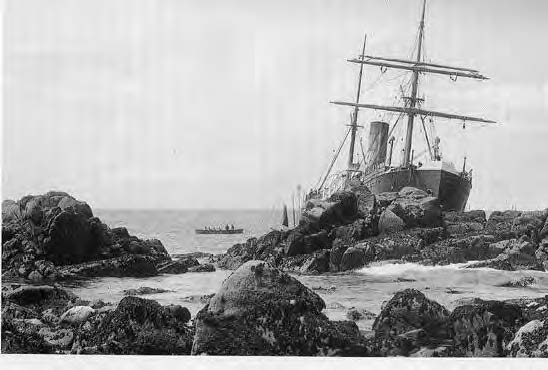A Brief History of Gig Rowing
Pilot gigs, dating from 1790 were originally built to transport the pilot out to sailing ships waiting to enter Cornish harbours. The pilot would then navigate the ship through the potentially hazardous rocks into the harbour.
A ship only needed one pilot, so the first one to arrive at the ship got the job – and the pay.
Gigs also served other purposes along the English coast; salvage, smuggling and lifesaving – sometimes under sail but more often rowed by a crew of six. Gigs needed to have length, lightness and flexibility to be manageable in extremely heavy seas. The last rescue by a gig was in 1955 when the gig Sussex, from Bryher in the Scilly Isles, assisted in the rescue of the crew of the Panamanian steamship Mando that had gone aground in thick fog.
Gig racing was born out of the competition to get pilots out to boats and from the testing of newly built gigs against others to measure their performance, but by the end of the 19th century began to decline as the industrial revolution gathered speed and engines increasingly replaced sails and oars.
Many gigs were subsequently broken up or left to rot, but Newquay in Cornwall managed to retain a few and formed Newquay Rowing Club in 1921.
One of their boats, ‘Treffry’ built in 1838 still races and is used as the standard measurement for the construction of all new gigs.



